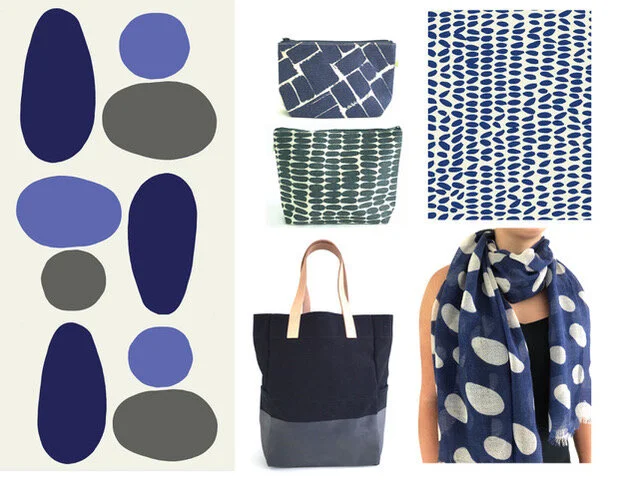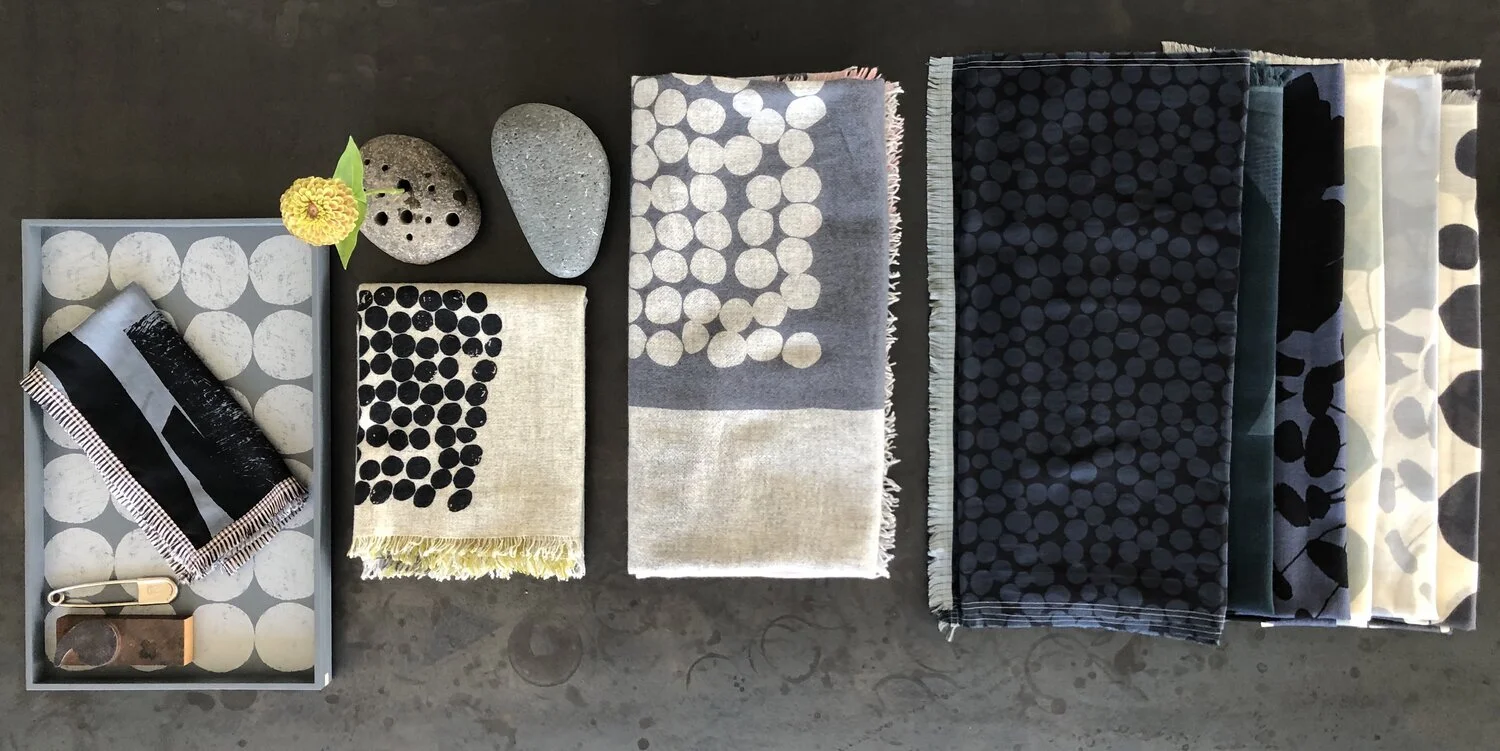Pattern Recognition
In 1856, the extensive and culturally inclusive book The Grammar of Ornament, by Owen Jones, revealed a wide selection of decoration and design – from Maori tattoos to the motifs and architecture of the Alhambra – via folio-size color lithographs that dazzled audiences who had not previously been exposed to a wide swath of humankind’s obsession with making beautiful things, through history.
One notable takeaway from Jones’ book (that has never been out of print), which emerges as a primary message across his thirty-seven axioms, lies in the final chapter devoted entirely to recognizing decorative arts’ primary debt to the inexplicable, yet constant order of the sacred geometry found in nature. Where else must one look for pattern or ornamental inspiration than the spots of a ladybug, the veined wing of a fly or in sand rippled by wind and water, piled along the dunes?
Another valuable point made by the author, made after designers and decorators put Owens’ research to use by lifting and replicating exact patterns from its pages, is that, "the principles discoverable in the world of the past belong to us; not so the results." Which is to say, that while there is a time and a place for dupes and carbon copies, the best new additions to the canon emerge from a reference to the principles of historical ornamentation but are injected with fresh and unfettered thinking. So many designers in the Shoppe Object community push the art of decoration forward, having mastered the winning combination of old-world craftsmanship and design, with out-of-the-box thinking and approach. The results are bold visual statements and meditations made for modern living.

















